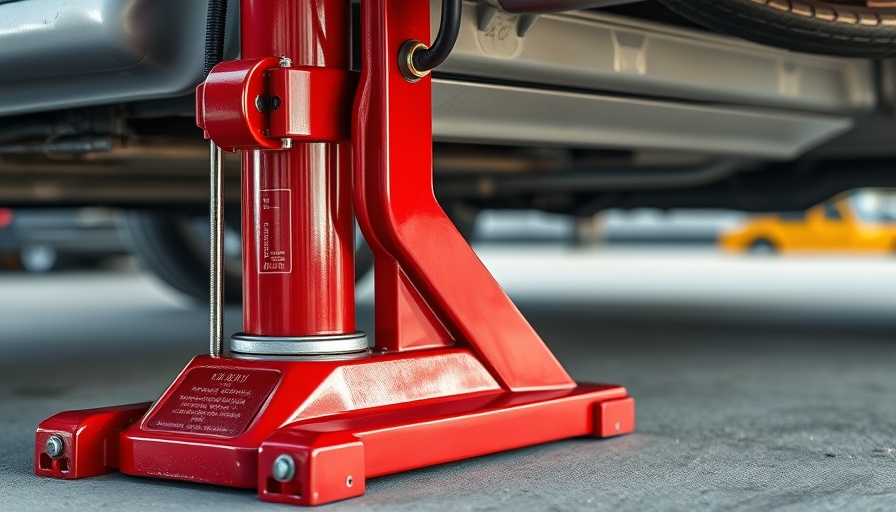
Understanding the Different Types of Car Jacks
When it comes to vehicle maintenance, knowing which car jack to use can make all the difference between a smooth tire change and a potentially dangerous mishap. From basic scissor jacks to robust hydraulic floor jacks, there’s a wide variety available, and each supports different needs. Remember, safety should be your utmost priority whenever you’re working on your vehicle.
Why Choosing the Right Jack Matters
Imagine stranded on a roadside, facing a flat tire with nothing but a lightweight scissor jack. While these jacks are convenient, they aren’t always the best option, especially for heavier vehicles. Alan Gelfand, an experienced mechanic, emphasizes the importance of selecting the right tool for your specific situation. Using the wrong jack not only adds frustration but could also lead to serious safety concerns.
The Versatility of the Scissor Jack
The scissor jack, typically included in many vehicles, is designed primarily for emergency situations like changing a flat tire. Its lightweight, compact design makes it easy to transport, but it has its limitations.
Pros: Compact and affordable; easily stored in your trunk.
Cons: Slower operation and limited height range. Importantly, it’s crucial never to rely solely on a scissor jack if you plan to work underneath the car.
Bottle Jacks: A Higher Weight Capacity
For those with heavier vehicles, a bottle jack can be a godsend. Utilizing hydraulic pressure, these jacks can elevate considerable weight, making them suitable for maintenance tasks beyond just tire changes.
Pros: High weight capacity and compact design.
Cons: They require a solid, level base to ensure stability.
As Gelfand advises, keep a piece of plywood in your trunk to provide a sturdy support surface, especially when roadside repairs are needed.
Rolling/Hydraulic Floor Jacks for Serious DIY Enthusiasts
The most ideal option for home mechanics tackling a wider range of repairs would be a rolling or hydraulic floor jack. These jacks combine the benefits of high weight capacity and ease of use. They typically come with adjustable height options, making them perfect for working underneath vehicles.
Pros: Suitable for heavier jobs, offering stability and convenience.
Cons: Pricier compared to basic models, and they require some storage space.
Pro Tips for Safe Car Jack Use
Regardless of the type of jack you choose, safety remains paramount. Here are essential tips to keep in mind:
- Always use jack stands after lifting your vehicle to ensure it stays stable while you work.
- Ensure the jack is on a flat, stable surface.
- Regularly inspect your jack for any signs of wear and tear.
Adapting to the right equipment is just as crucial as having the skills to use them effectively. Mistakes happen—much like the initial experience of that scissor jack buckling—so preventive measures can save lives.
Final Thoughts: Your Mechanic Toolbox Awaits
Choosing the appropriate car jack can empower you as a DIY mechanic while enhancing your safety and efficiency. Assess your specific needs by examining the types of projects you plan to undertake. Whether you're gearing up for simple tire changes or more intricate automotive repairs, investing in the right jack will inevitably lead to smoother processes.
For those passionate about home repair and vehicle maintenance, becoming knowledgeable about car jacks is just the beginning. Empower yourself with safe practices and be proactive in your approach to DIY tasks. Your next project awaits!
 Add Row
Add Row  Add
Add 




Write A Comment